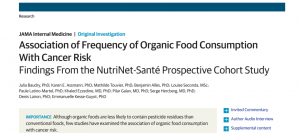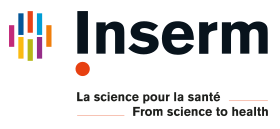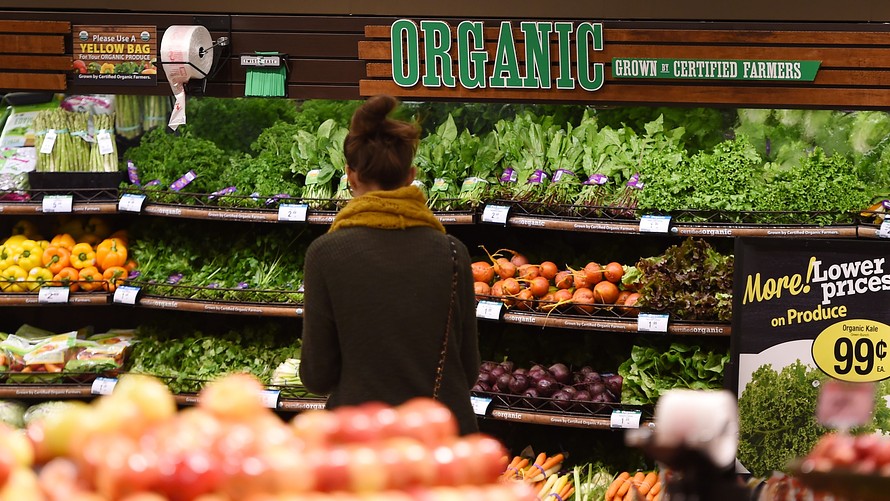This piece is reprinted from Environmental Health News. Photos and captions added by Hygeia.
New study showing organic diets cut cancer risk is a big deal. Let’s treat it that way.
More than 1.7 million Americans will be newly diagnosed with cancer in 2018, and 35 percent of these cases will prove fatal.
A little less than $150 billion was spent fighting cancer in 2017.
Imagine the excitement that would accompany the discovery of anything — a new drug, therapy, diet, or lifestyle change — that promises to cut overall cancer frequency by 5 percent.
Every year, such a discovery would spare 87,000 people this most-feared diagnosis, and reduce deaths by 30,000 and cancer-related health care costs by around $7 billion.
Such monumental benefits would justify major investments and significant policy change.
Well, not necessarily.
There is a new paper in JAMA Internal Medicine by a team of French scientists that reports a 25 percent decrease in overall cancer risk from relatively high levels of organic food consumption, compared to little or no organic food consumption, in a large, prospective epidemiological study.

Sizable reductions in prevalence were also seen for breast cancer, non-Hodgkin lymphoma (NHL), and all lymphomas. (Check out a written summary of the study methods or this 2-minute video focused on key findings).
The French scientists suspect that the reduction in pesticide dietary exposure among study participants reporting a high-level of organic food intake is the key factor driving these encouraging results. The team did all it could to control for several confounding factors.
They stressed the study’s limits and the clear need for more precise measures of pesticide dietary exposures. They emphasized the need for all consumers to eat more fruits and vegetables, conventional and/or organic.
Polarized response is a sign of the times
True believers in organic food and farming systems see proof and vindication in this paper, while defenders of the pesticide-status quo are generally dismissing it, citing one or more weaknesses from a long list of widely acknowledged shortcomings in this sort of study.
Does the study prove organic food will reduce cancer rates by 25 percent? No, of course not. Epidemiology studies cannot prove cause and effect. Could the study have been improved? Yes, of course, as can any study.
But for people wondering whether to take this study’s encouraging results seriously, the question that really matters is did the weaknesses of the study likely inflate the health benefits of organic food?
Weakness #1: Self-reported diets. Study participants used a validated, online form to submit detailed dietary intake data across 16 major food groups.
Yes, multiple studies report that people do not always accurately recall, or report, what they actually ate. But deviations from actual intakes across the near-70,000 people in this study were likely comparable across all participants, regardless of how frequently they reported consuming a particular type of organic food.
So, were self-reported dietary intakes a source of inaccuracy — yes. Were they a source of major bias in results — not likely.

Weakness #2: Self-reported organic food intake frequency across the 16 food groups. There were three responses taken into account in calculating an aggregate “organic food score” for each study participant across each of the 16 food categories: (1) Two points when a participant reported buying organic brands “most of the time”, (2) One point when organic brands were “occasionally” consumed, and (3) no points for all other responses (“never” or “I don’t know”).
Recall that the reduction in the number of cancer cases over a four-year period post-enrollment in this study is based on comparing the quartile (i.e. 25 percent of participants) at the high-end of the distribution of organic food scores (i.e., the people who eat the most organic food), compared to the 25 percent that consumed essentially none.
A close look at the data by quartile suggests clearly that the “low-intake of organic” group reliably contained people eating essentially no organic food, while the high-intake group included all, or nearly all of the people regularly consuming organic brands across at least a few categories of the 16 foods studied.
So, regardless of some degree of over- and under-reporting of organic food intake, the comparison of new cancer cases in the high versus low-intake group amounts to a comparison of people eating some, to a lot, versus no organic food.
Weakness #3: Failure to fully take into account all confounding variables. There has never been, and will never be, an epidemiological study that meets this threshold. So, unless one is willing to dismiss the entire field of epidemiology and all insights gained from well-designed studies, dealing with confounding factors is part of the process. Major source of bias? Not likely.

The French team carried out a variety of sensitivity analyses, introducing several confounding factors into their model individually, and then in various combinations.
After adjusting as fully as possible for confounding factors, they reported their main result in the studied cohort of 70,000 French citizens — a 25 percent reduction in the risk of being diagnosed with a new case of cancer within four years after study enrollment in the high-organic food intake group, compared to the low (and essentially no) organic food intake group.
Might the percent reduction have changed if another four years of cancer incidence data had been available? Yes, it almost certainly would. Might the differences have narrowed if people were followed until death? Again, probably yes. Might it have widened? Maybe, but not likely, because 25 percent is a large share and many other factors are known to trigger or accelerate cancer.
But are there solid reasons to expect the above weaknesses and limitations are largely responsible for the strong statistical results in this study (i.e., consistently triggered bias in one direction)? None that I know of, or have yet heard from this study’s already vocal critics.
Suppose the French team had been provided unlimited funding and a magic wand, and were able to overcome all of the above limitations and weaknesses. And upon rerunning their main model, the actual reduction in overall cancer rates in the high-organic food intake group fell to only 5 percent.
Just imagine the excitement that would accompany such a finding, until of course those who just don’t believe pesticides are hazardous, or that organic food is safer, start anew the predictable litany of criticisms, questions, and worse.
In closing, thanks to the 70,000 citizens who took the time to enter all the data requested by the research team. And thanks to the French team for a quality piece of work that had to take a great effort to carry out.
I hope you will continue your work in this area, with adequate funding and perhaps even a slightly magic wand.
Source:
Charles Benbrook, “New study showing organic diets cut cancer risk is a big deal. Let’s treat it that way.,” Environmental Health News, October 29, 2018.

